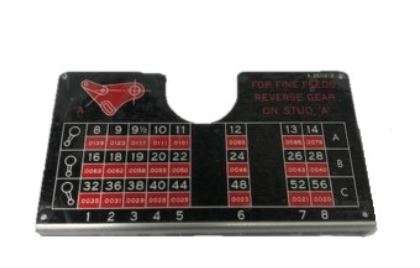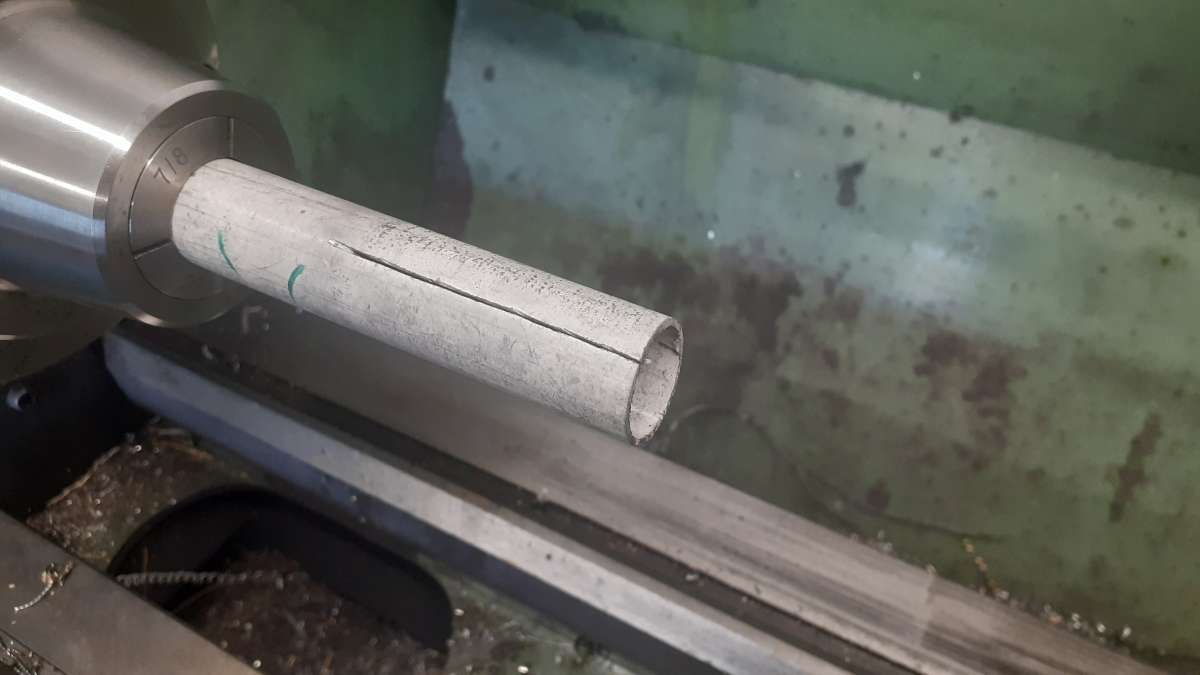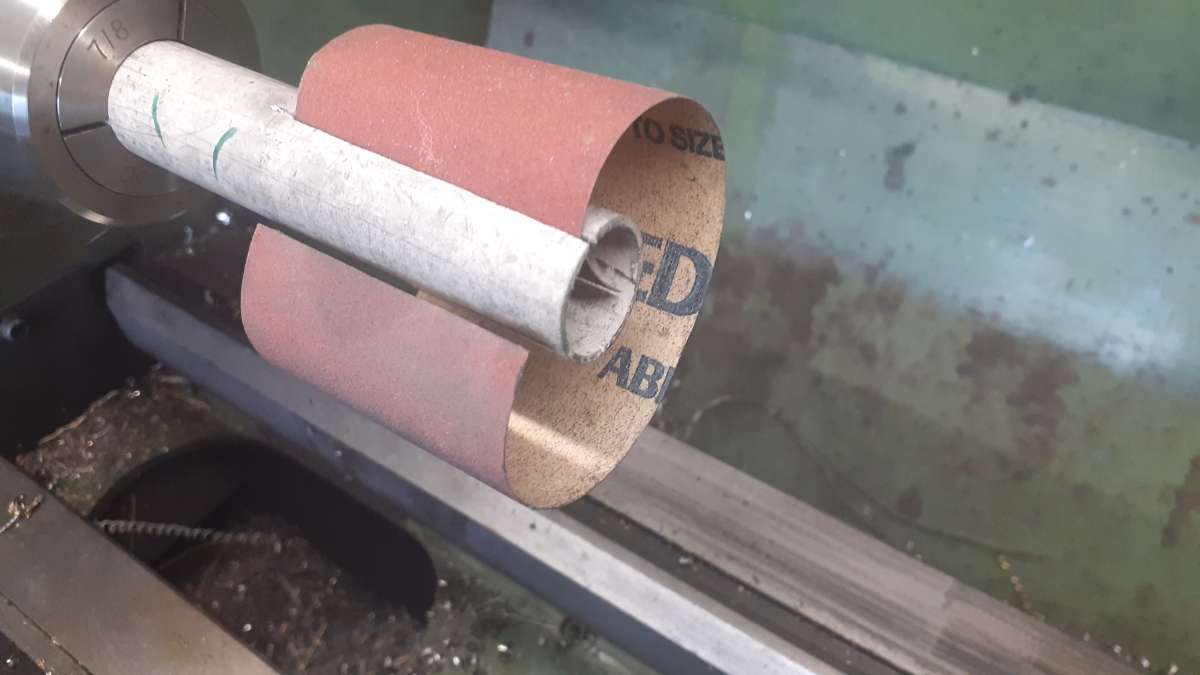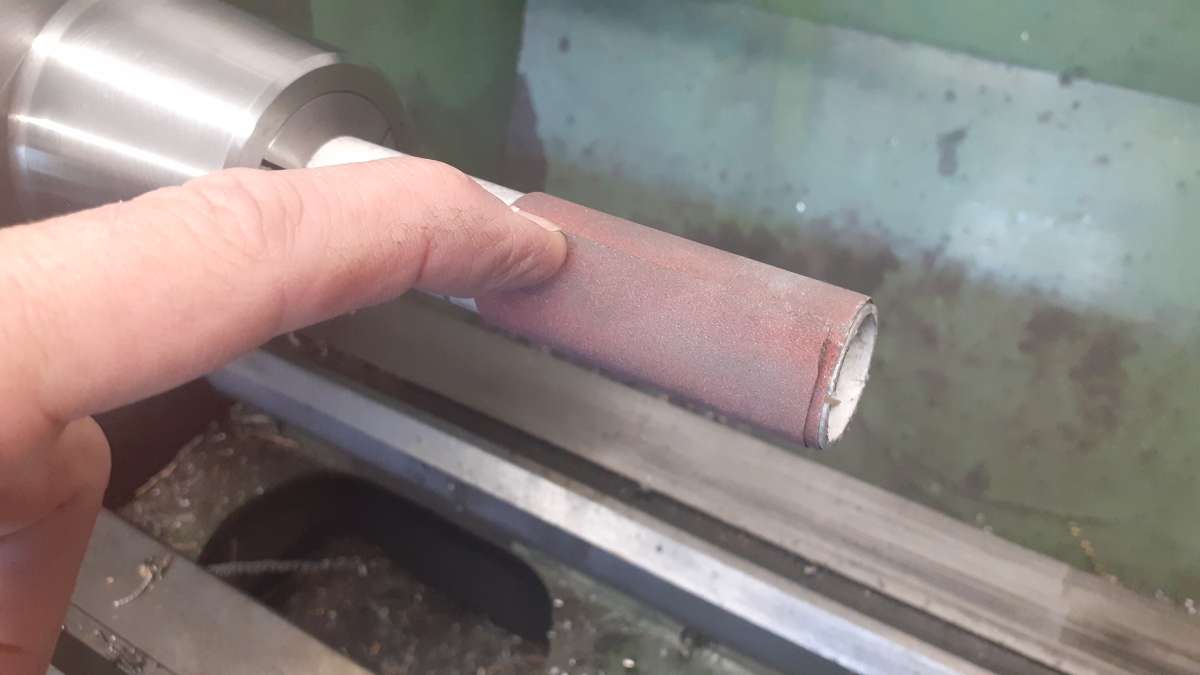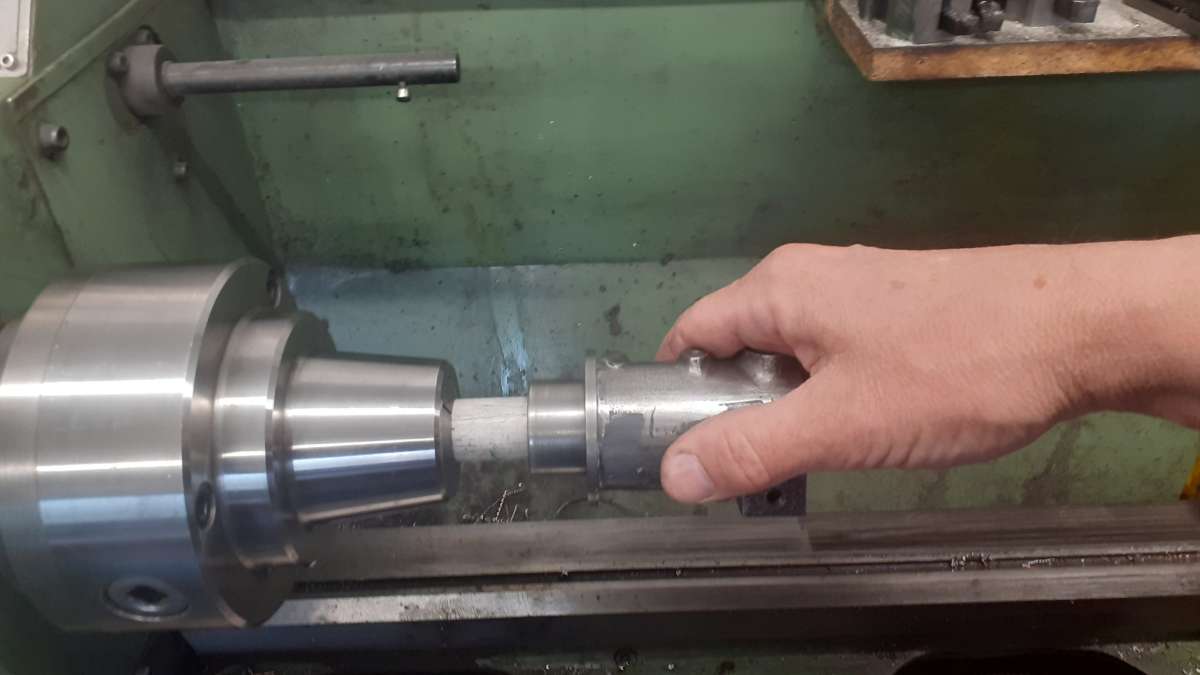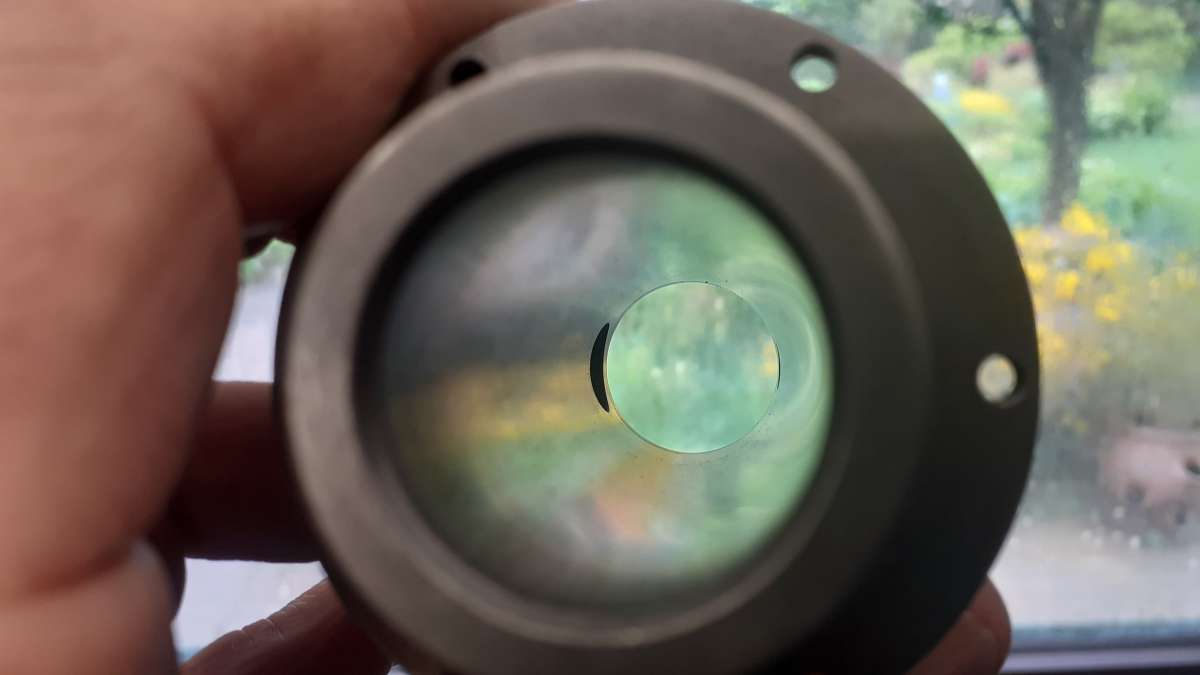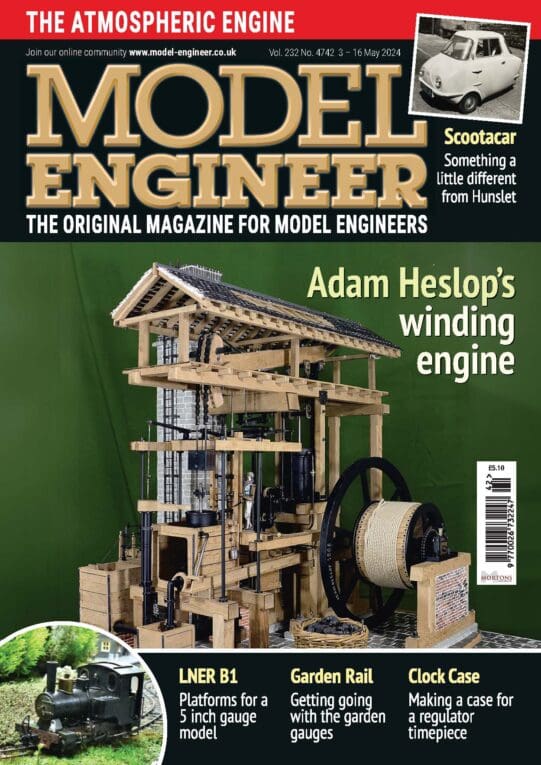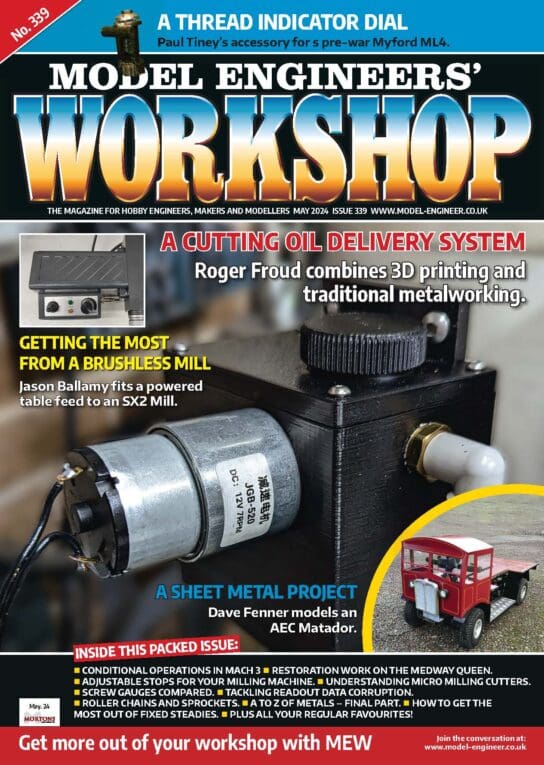How are you going to stop the .012″ diameter shaft from bending away from the cutting tool when trying to screwcut it in the lathe? You would be far better off to cut it with a die.
If you don’t want to spend the money on a die for a one-off job, use the nearest equivalent metric die which will be readily available cheaply. (Turn the end of the shaft down to the nearest metric diameter first of course.)
Heed the wise words of Kozo Hiroaka, master model maker extraordinaire: To beginners, Kozo always says, “Think, and find a sure and easy way. The pro does his job in a way by which even the novice can do it—while the novice tries to do it in a way by which even the pro fails.”
Other than that, for future reference on more suitably sized screwcutting jobs, you follow the chart on the top of the gearbox. If your lathe is missing the gearbox top plate/chart, Myford sells them and images are all over the net to refer to.
And when all else fails, read the instructions. Myford gearbox manual is available for download on the net, as is the Myford users manual, or in hardcopy from Myford Ltd. Also get yourself a copy of Ian Bradley’s book Myford Series 7 Manual.
 JasonB.
JasonB.

